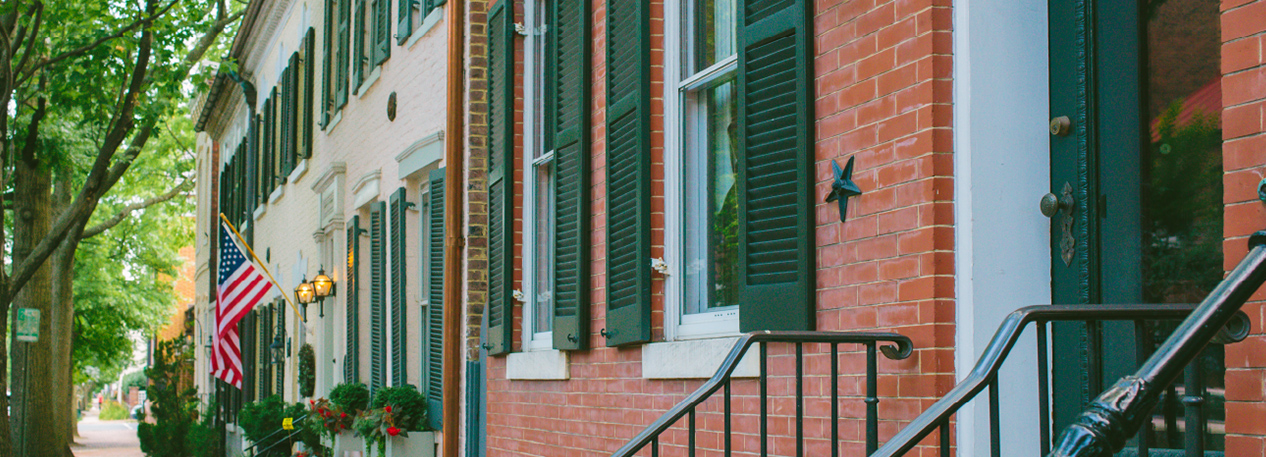For immediate release
Contact: Rachel Brown, Media Relations, 215-574-3840
Philadelphia, PA — How large of an impact does gentrification have on a neighborhood’s inventory of low-cost rental housing? Researchers at the Community Development Studies & Education Department at the Federal Reserve Bank of Philadelphia found that Philadelphia’s gentrifying neighborhoods have lost low-cost rental units at nearly five times the rate of nongentrifying neighborhoods.
While many large cities have experienced gentrification, Philadelphia provides a unique case study. Although the city’s housing costs are relatively low compared with its mid-Atlantic peers, Philadelphia continues to have the highest poverty rate among the ten largest U.S. cities. In recent years, rapid development concentrated in a handful of neighborhoods has presented both opportunities and challenges for economic inclusion.
In the study, low-cost units were defined as those for which rent and utilities were less than $750 per month. Using tract-level Census data, the researchers found that between 2000 and 2014, the city lost 23,628 units with rents that fell below the $750 threshold. These losses were especially acute in gentrifying neighborhoods, such as University City and the Graduate Hospital neighborhood. These neighborhoods lost low-cost units at over five times the rate of nongentrifying neighborhoods.
The challenge of providing affordable housing to lower-income residents is increasingly pressing in Philadelphia since 20 percent of the city’s federally subsidized rental units will see their affordability restriction periods expire within the next five years. Of these rental units, more than 2,300 are in gentrifying neighborhoods.

The shrinking stock of low-cost housing in Philadelphia leaves lower-income renters saddled with higher rent burdens, greater financial distress, and insecure housing arrangements. At the community level, the loss of affordable units contributes to residents being segregated by income and socioeconomic status.
The pockets of gentrification in Philadelphia appear to reinforce these patterns in several ways. Gentrifying neighborhoods become less accessible to lower-income movers, limiting their housing search to more distressed and less central neighborhoods. Vulnerable residents who remain in these upgrading neighborhoods often face higher housing costs, and in the later stages of gentrification, they may be more likely to move out of their neighborhoods. With a growing body of research highlighting the influence of neighborhood characteristics on residents’ economic outcomes, these trends merit serious consideration from policymakers concerned with community inclusivity and economic mobility.
Read the study: Gentrification and Changes in the Stock of Low-Cost Rental Housing in Philadelphia, 2000 to 2014
The Philadelphia Fed will continue to explore the driving forces and effects of gentrification and displacement and will share its research with the general public and partners in the community development field.
The Philadelphia Fed is one of the 12 regional Reserve Banks that, together with the Board of Governors in Washington, D.C., make up the Federal Reserve System. The Philadelphia Federal Reserve Bank serves eastern Pennsylvania, southern New Jersey, and Delaware.
